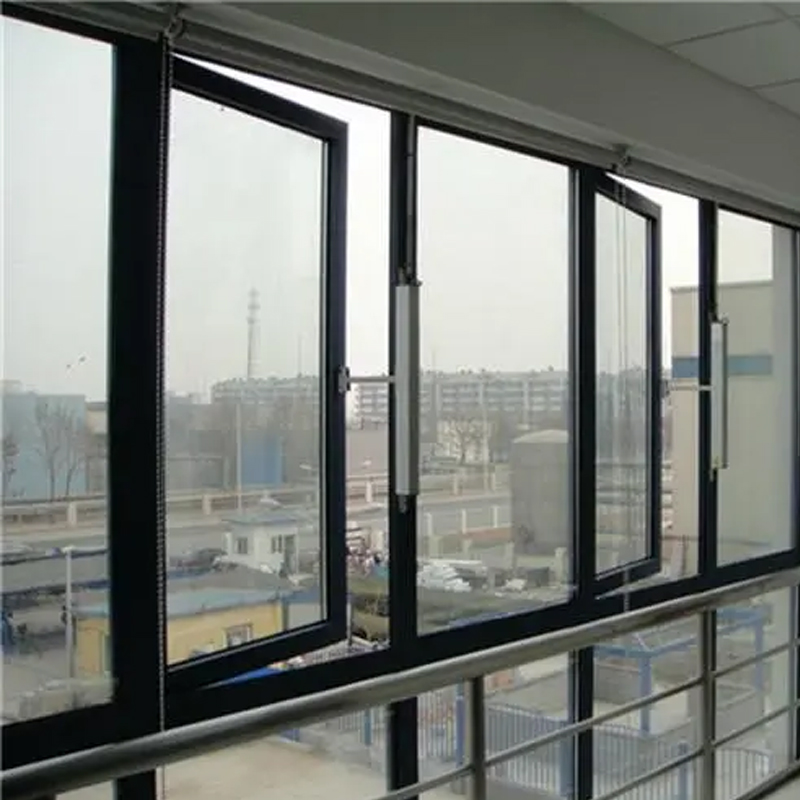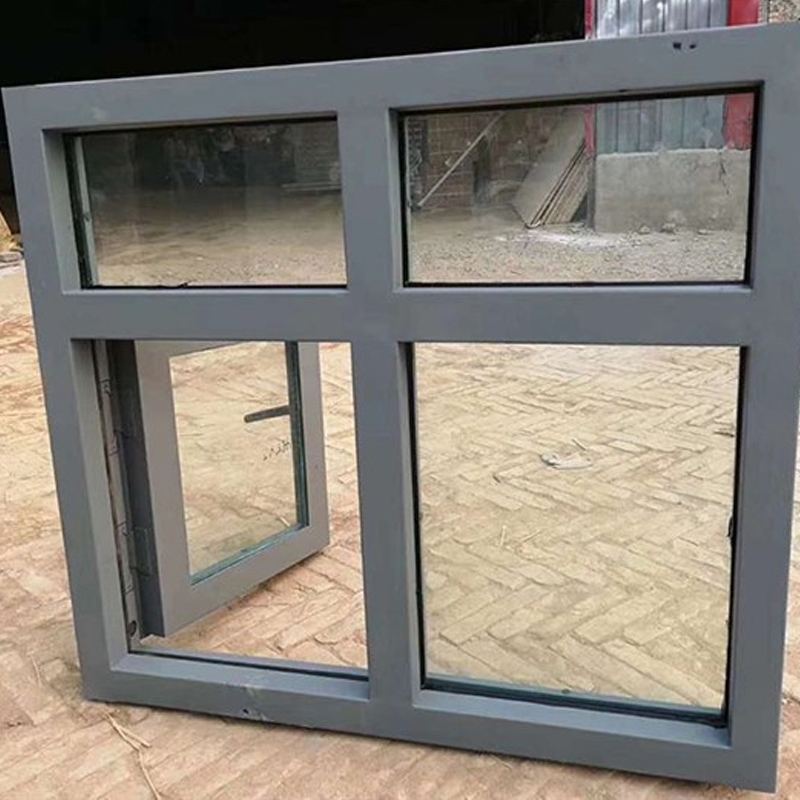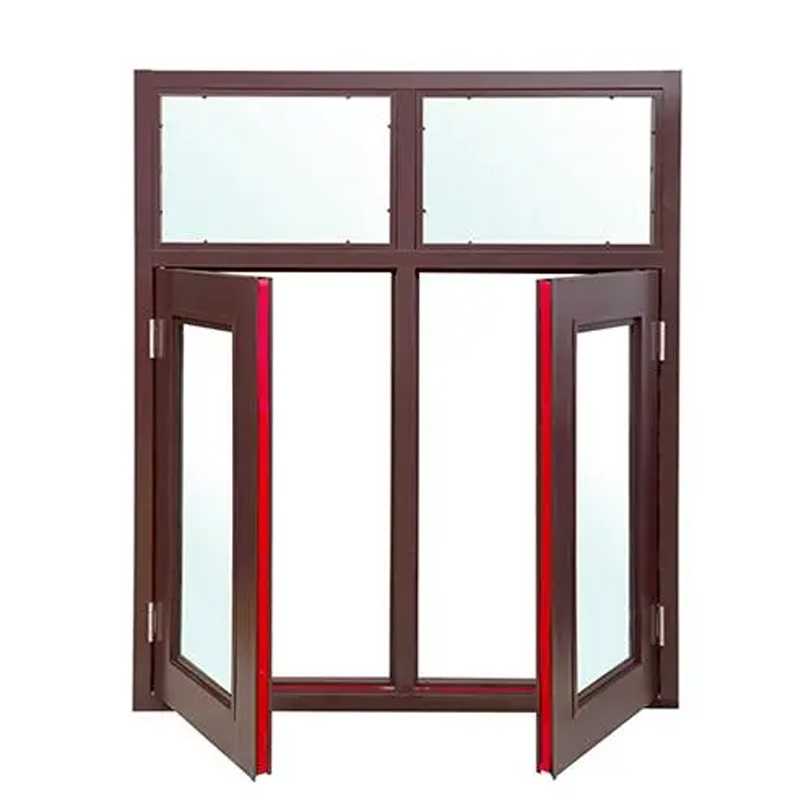In high-rise buildings, commercial complexes and industrial plants, fire prevention and control are the core issues to ensure the safety of life and property. As an important part of the building fire protection system, Class B fireproof windows have become the “invisible guardian” of building safety with their excellent fire resistance and flexible application scenarios. It not only delays the spread of fire in a fire, but also buys critical time for personnel evacuation and fire rescue. Its design concept and technological innovation deeply reflect the dual pursuit of safety and function in modern fire protection technology.

Application of special glass: Composite fireproof glass is used, which is composed of two or more layers of glass and fireproof adhesive layers. Under high temperature, the fireproof adhesive layer expands rapidly to form an insulation barrier, effectively blocking flames and high-temperature radiation, ensuring that the glass will not break or penetrate within 60 minutes.
Innovative design of frame structure: window frames are usually made of galvanized steel plates or stainless steel, and are filled with fireproof expansion sealing strips. When encountering fire, the sealing strips expand and fill the window gaps, blocking the flow of smoke and hot air. At the same time, the stability of the window frame ensures that the window as a whole does not deform and fall off due to high temperature.
Upgrade of sealing and insulation technology: Class B fireproof windows are equipped with high-temperature resistant sealing strips, which automatically expand to fill the gaps when encountering fire, and cooperate with the inert gas (such as argon) in the insulating glass interlayer to further enhance the insulation effect and reduce the rate of indoor temperature rise.

Safety barriers for public buildings: In crowded places such as shopping malls, hospitals, and schools, Class B fireproof windows are often used in evacuation passages, stairwells, and refuge floors to provide temporary shelter for escaping people. For example, fireproof windows in hospital corridors can delay the spread of fire to operating rooms or intensive care units, ensuring the normal operation of medical facilities.
Fire boundary of industrial plants: In flammable industry plants such as chemical and textile industries, Class B fireproof windows are used to divide fire zones to prevent the spread of fire to adjacent areas through windows, while facilitating firefighters to observe the fire from the outside and implement rescue operations.
Fire protection upgrade of residential buildings: Installing Class B fireproof windows in corridors, equipment rooms and other areas of high-rise residential buildings can prevent the spread of fire to other floors through windows and reduce the threat of the “chimney effect” to vertical evacuation passages.
IV. Future Trends: Integration of Intelligence and Greening
With technological advancement, Class B fireproof windows are developing in the direction of intelligence and greening. For example, intelligent fireproof windows with integrated smoke sensing and automatic closing functions can respond to fire conditions in real time; fireproof windows with environmentally friendly fireproof adhesive layers and low-radiation glass can reduce energy consumption while improving safety. These innovations will promote the upgrade of fireproof windows from “passive defense” to “active protection”.

Class B fireproof windows, with a 60-minute fire resistance limit as the core, have become an indispensable part of building fire safety through innovations in material science and structural design. The wide range of its application scenarios and the continuity of technological iterations demonstrate the profound practice of the concept of “prevention first, prevention and fire prevention combined” in modern fire protection engineering. In the future, with the integration of intelligent and green technologies, Class B fireproof windows will further strengthen their role as “invisible guardians” and build a more solid line of defense for urban safety.